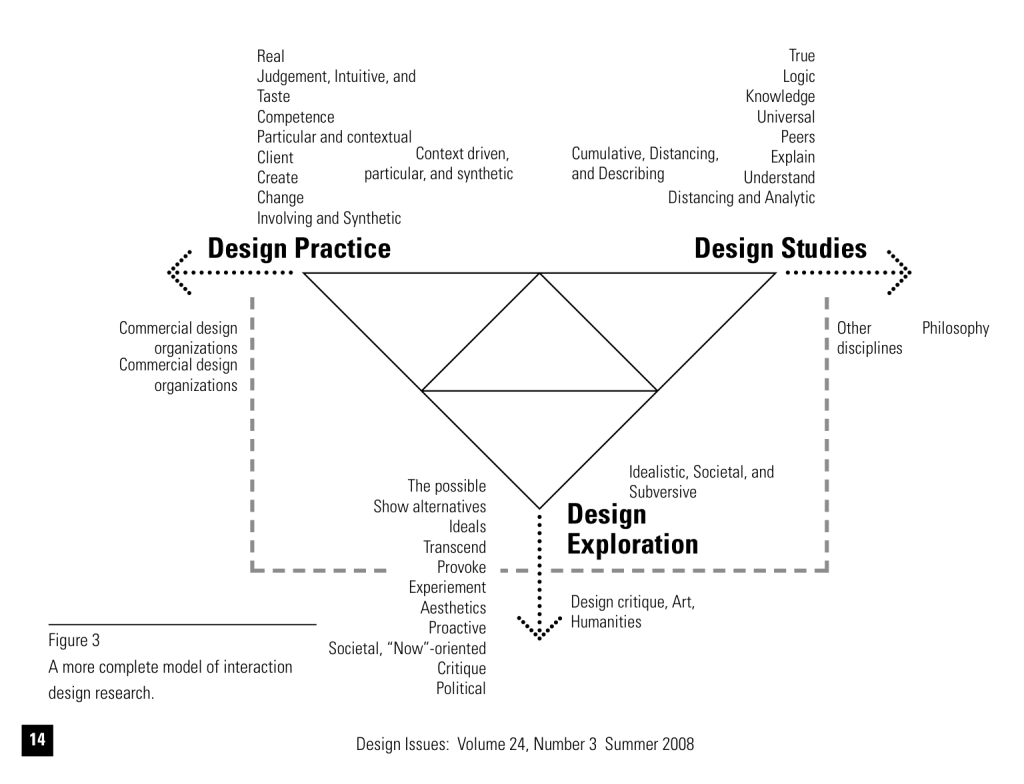Buchanan | Declaration by Design: Rhetoric, Argument, and Demonstration in Design Practice
Literature review: Buchanan, Richard (1985) Declaration by Design: Rhetoric, Argument, and Demonstration in Design Practice. Design Issues, Vol. 17, No. 3
What is the author’s main argument?
Building off the idea that “designers have directly influenced the actions of individuals and communities, changed attitudes and values, and shaped society in surprisingly fundamental ways (6), Buchanan argues that we should looking at this potential to direct humans through design as rhetorical. “Their persuasion comes through arguments presented in things rather than words; they present ideas in manipulation of the materials and processes of nature, not language” (7). He describes the three elements of argument through design as technological reasoning, character, and emotion. For example, how design declares its use and existence. Clearly, it’s not a passive object. Buchanan argues that looking at design through a rhetorical lens can help guide the practice of design (19).
How is might this be relevant to my thesis?
Buchanan explicitly argues for design to be interpreted as a rhetorical communication/a persuasive argument. He outlines how and why he feels like this is a significant contribution the design. As an established design theorist I can build off his theories. I should note that this is an older article.

